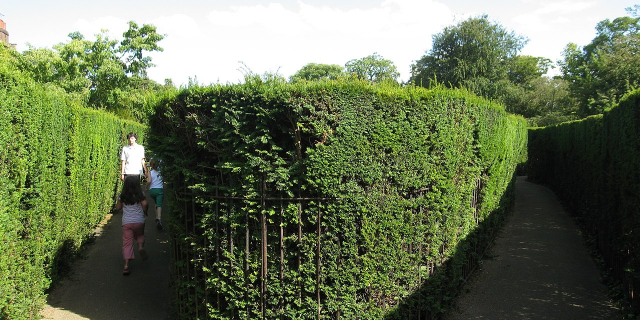Beachy Head is a chalk headland in East Sussex, England. It is situated close to Eastbourne, immediately east of the Seven Sisters.
Beachy Head is located within the administrative area of Eastbourne Borough Council which owns the land, forming part of the Eastbourne Downland Estate. The cliff is the highest chalk sea cliff in Britain, rising to 162 m (531 ft) above sea level. The peak allows views of the south east coast towards Dungeness in the east, and to the Isle of Wight in the west.
LB&SCR H2 class 4-4-2 steam locomotive number 424 (later B424, 2424, and 32424) was named Beachy Head after this landmark.
The name Beachy Head appears as 'Beauchef' in 1274, becoming 'Beaucheif' by 1317, and it has nothing to do with the word "beach". Instead, it is a corruption of the original French words meaning "beautiful headland" (beau chef). It was being consistently called Beachy Head by 1724.[1][2]
In 1929, Eastbourne Borough Council bought 4,000 acres (1,600 hectares) of land surrounding Beachy Head to save it from development at a cost of about £100,000 (equivalent to £6,467,710 in 2021).[3] This land became known as the Eastbourne Downland Estate.[citation needed]
The prominence of Beachy Head has made it a landmark for sailors in the English Channel. It is noted as such in the sea shanty Spanish Ladies:[4]
The first land we sighted was called the Dodman,
Next Rame Head off Plymouth, off Portsmouth the Wight;
We sailed by Beachy, by Fairlight and Dover,
And then we bore up for the South Foreland light.
The ashes of German social scientist and philosopher Friedrich Engels, one of the fathers of communism, were scattered off the cliffs at Beachy Head into the Channel, as he had requested.[1]
Human remains discovered in the 1950s were subjected to forensic reconstruction, carbon dating, and radioisotype analysis, and it was concluded that they were those of a Roman woman of Sub-Saharan African origin who grew up in the Eastbourne area in about 200–250 CE. She became known as Beachy Head Lady.[5][6][7] However, in 2021, DNA testing indicated she was of "southern European lineage, most likely from Cyprus";[8] the parish later ordered the removal of a plaque erected by the BBC "to commemorate the first black Briton."[9]





































Add new comment